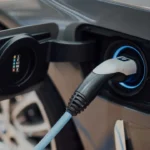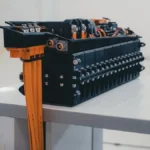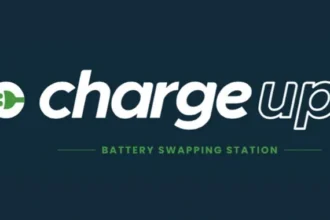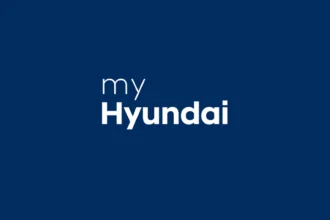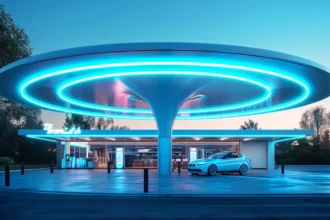Why would a major car company suddenly stop plans to launch a new electric vehicle that was almost ready for the market? This exact situation happened this week when Tata Motors decided to pause their Altroz EV project, according to reports from HT Auto and PTI.
Understanding Why Tata Motors Hit the Pause Button
Shailesh Chandra, who leads Tata Motors’ passenger vehicle business, explained the company’s thinking in very simple terms. The decision came down to basic business sense. When you already have three products serving the same group of customers, adding a fourth one might not help anyone.
- Market overcrowding concerns: Think of it like having three ice cream shops on the same street. Adding a fourth shop might just split customers between all four, making each shop less profitable instead of growing the overall business.
- Timing challenges: The electric vehicle market has been changing faster than expected. Battery prices are dropping quickly, which means launch timing becomes crucial for getting the right price point.
- Strategic positioning: Tata Motors already dominates the Indian electric car market. They want to make sure any new product adds real value rather than just increasing their product count.
Breaking Down Tata’s Current Electric Vehicle Lineup
To understand this decision better, you need to see what Tata Motors already offers in the electric vehicle space. All three of their current models target similar price ranges and customer needs.
| Tiago EV: This is Tata’s entry-level electric car, designed for buyers who want to try electric vehicles without spending too much money. It serves city commuters who need basic electric mobility. |
| Punch EV: This model targets buyers who want a slightly bigger vehicle but still within the affordable electric range. It appeals to small families needing more space than the Tiago. |
| Nexon EV: This represents the premium end of Tata’s current electric lineup, offering more features and performance for buyers willing to pay extra for advanced electric technology. |
All three vehicles compete in the ₹8-15 lakh price segment, which means they target middle-class Indian families looking for electric alternatives to traditional petrol cars. Adding the Altroz EV would mean four similar products fighting for the same customers.
What This Means for the Future
The pause doesn’t mean permanent cancellation. Chandra made it clear that the company remains open to launching the Altroz EV when market conditions improve. This approach shows smart business planning rather than rushed decision-making.
The regular Altroz continues as India’s only premium hatchback with a diesel engine option, serving customers who prefer traditional fuel. This keeps the Altroz brand active while the electric version waits for better market timing.
This decision reflects how even market leaders must carefully time their product launches. Sometimes the smartest move is waiting for the right moment rather than rushing to market. What do you think this strategic pause says about the current state of India’s electric vehicle revolution?


